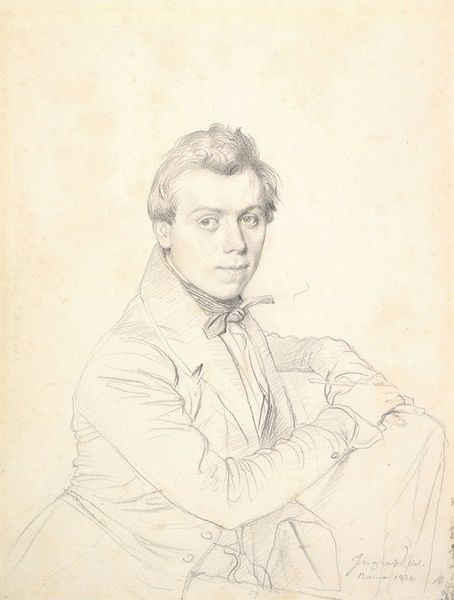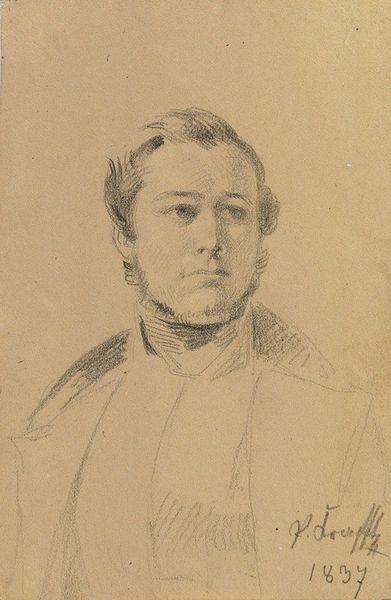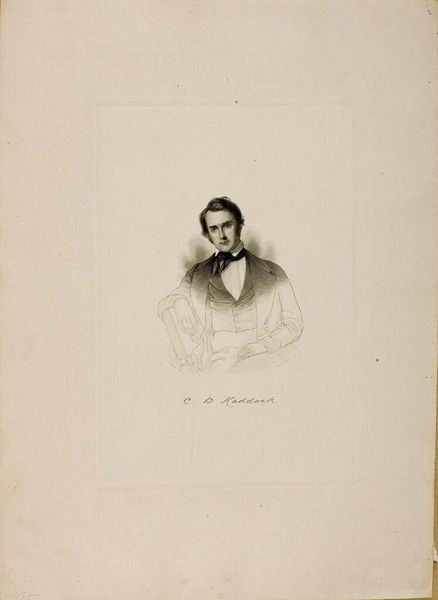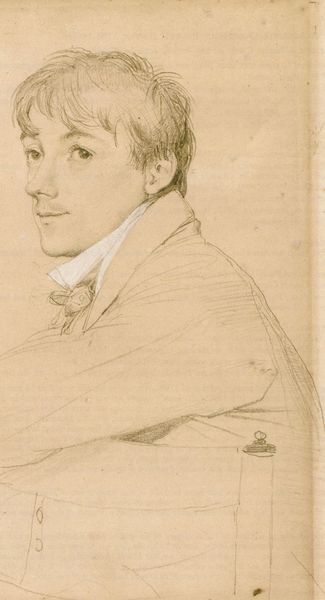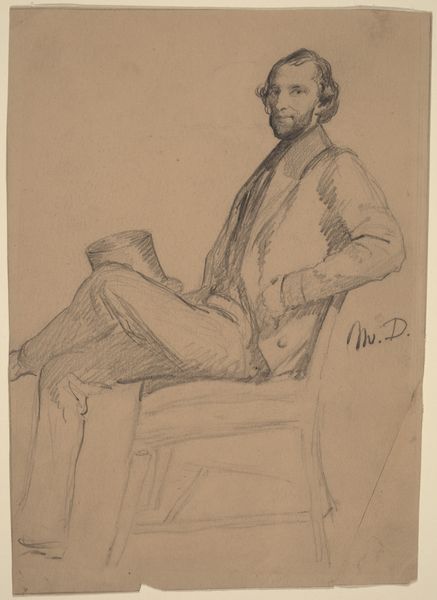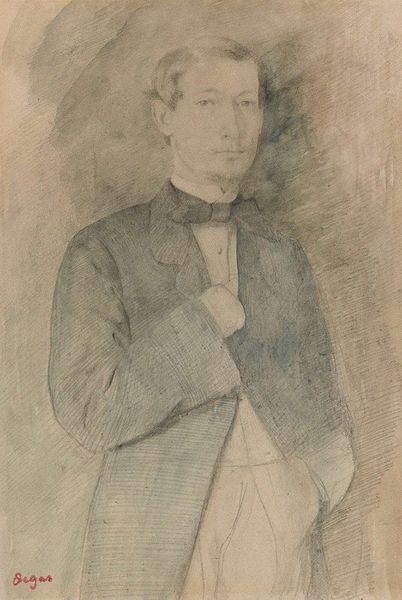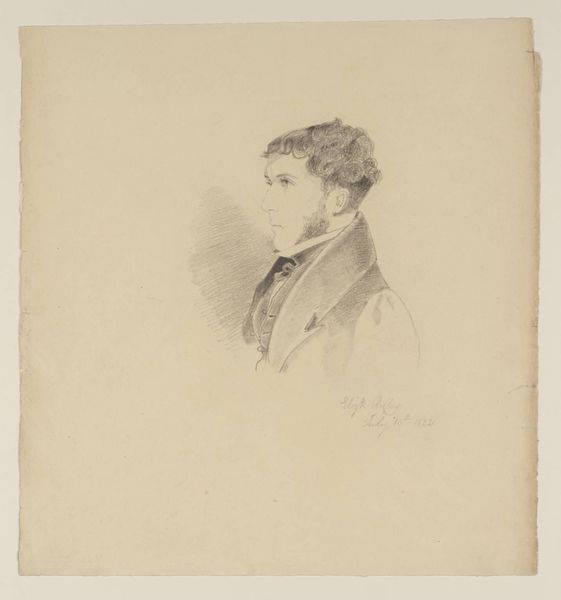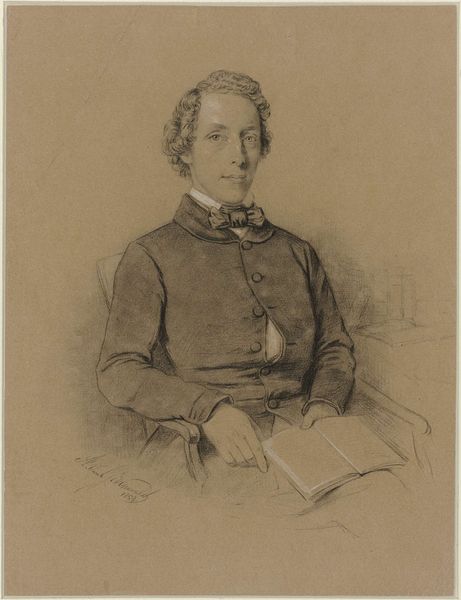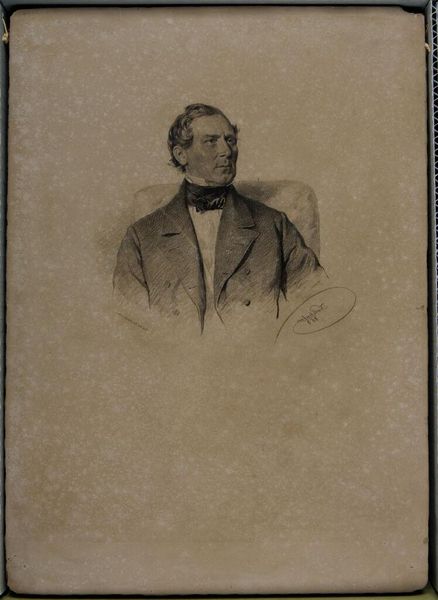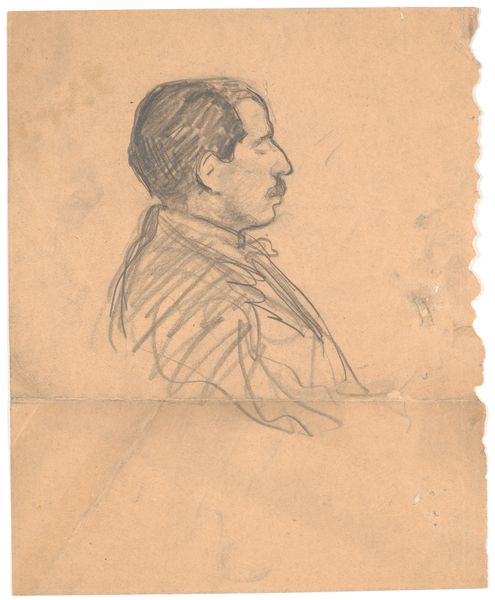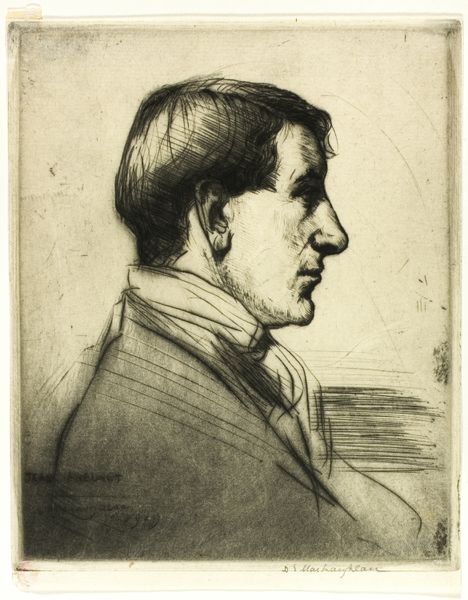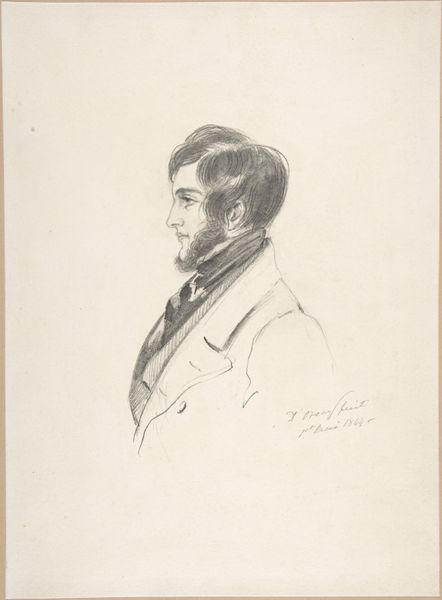
Copyright: Public domain
Gustave Moreau made this portrait of Eugene Lacheur in 1852, using graphite on paper. It’s tempting to view this portrait as simply a depiction of an individual, but it also reflects the social and artistic circles of 19th-century France. Moreau was part of a generation of artists grappling with the legacy of academic art and the rise of new movements like Realism and Impressionism. Consider the role of the French Academy in shaping artistic taste and the patronage system that favored certain styles and subjects. Moreau, though known for his Symbolist paintings, received academic training. This portrait, with its precise lines and attention to detail, shows the artist's engagement with and departure from academic traditions. To fully understand this work, we can research the social networks of artists like Moreau, the institutions that supported them, and the cultural debates of the time. Art history is not just about individual genius; it is about the complex interplay of social forces, institutional structures, and individual choices.
Comments
No comments
Be the first to comment and join the conversation on the ultimate creative platform.
